Tianjin, China — Indian Prime Minister Narendra Modi and Chinese President Xi Jinping met in Tianjin over the weekend, in a high-profile engagement that took place against the backdrop of sweeping U.S. tariffs on Indian exports. The policy move by Washington has not only strained India-U.S. trade relations but also accelerated New Delhi’s search for alternative economic partnerships.
Tariffs at the Center of a Shifting Trade Landscape
The Trump administration’s imposition of 50% tariffs on a wide range of Indian exports has disrupted one of India’s most important trade relationships. Washington framed the duties as a response to “unfair trade practices,” but for New Delhi, the tariffs represent a serious economic setback at a time when the country is trying to expand its export base and attract investment in manufacturing.
Faced with this challenge, India is turning to new partners, with China — the world’s second-largest economy and a key trade player — taking center stage. Modi’s first visit to China in seven years, held on the sidelines of the Shanghai Cooperation Organisation (SCO) Summit, therefore carried both symbolic and strategic significance. The meeting signaled India’s willingness to counterbalance tariff pressures by exploring new economic pathways with Beijing.
Trade Openings: Flights and Visas as Enablers
One of the immediate outcomes of the Modi–Xi talks was the agreement to resume direct flights between India and China, suspended in recent years. While modest, this step reduces friction for businesses, professionals, and traders navigating a landscape reshaped by tariffs.
The two leaders also agreed to simplify visa procedures, further smoothing the way for entrepreneurs, academics, and investors. These measures, though small, act as trade facilitators — helping offset some of the frictions created by tariff-driven barriers elsewhere.
The Tariff-Deficit Dilemma
Underlying the talks was India’s persistent $99 billion trade deficit with China. Tariffs have long been a tool to manage such imbalances, and while New Delhi has so far resisted retaliatory duties against the United States, it faces pressure to protect domestic industries from external shocks.
By opening discussions with Beijing, India is signaling a willingness to address tariff and trade issues directly with China, while also showing Washington that it cannot monopolize India’s economic strategy.
Strategic Autonomy and Tariff Pressures
India’s outreach to China reflects its broader policy of maintaining strategic autonomy. Tariffs imposed by the United States highlight the risks of overdependence on any single market. By engaging with Beijing, New Delhi is diversifying its trade portfolio, ensuring it can withstand tariff shocks from one partner without crippling its economy.
At the same time, India’s role in forums like the Quadrilateral Security Dialogue (Quad) complicates this balancing act. The possibility of Donald Trump reemerging on the global stage adds further uncertainty, as his approach to tariffs and trade duties has historically been disruptive.
Looking Ahead
The Tianjin meeting underscored how tariffs and duties are now at the heart of India’s trade diplomacy. While agreements on flights and visas represent incremental progress, the real test lies in whether India can use such engagements to negotiate better trade terms, reduce deficits, and protect its export markets from punitive tariffs.
For New Delhi, tariffs are no longer just an economic issue — they are a geopolitical lever shaping its relationships with Washington, Beijing, and beyond. The decisions made in this environment will determine how effectively India can safeguard its economic interests while navigating an increasingly complex global trade order.
#Tariffs #GlobalTrade #IndiaChina #TradeDiplomacy #Duties #SupplyChainNews

















